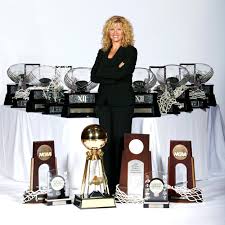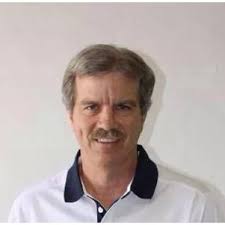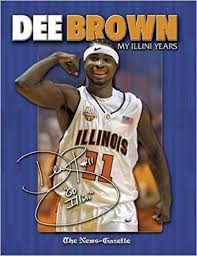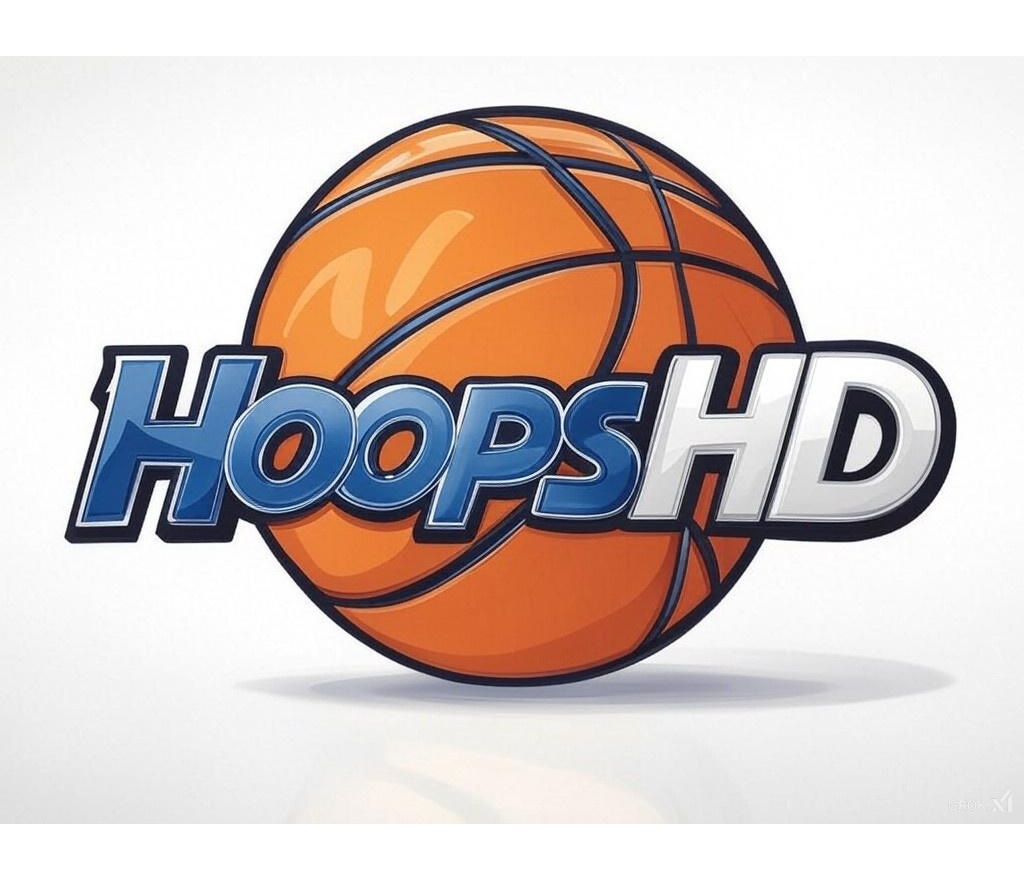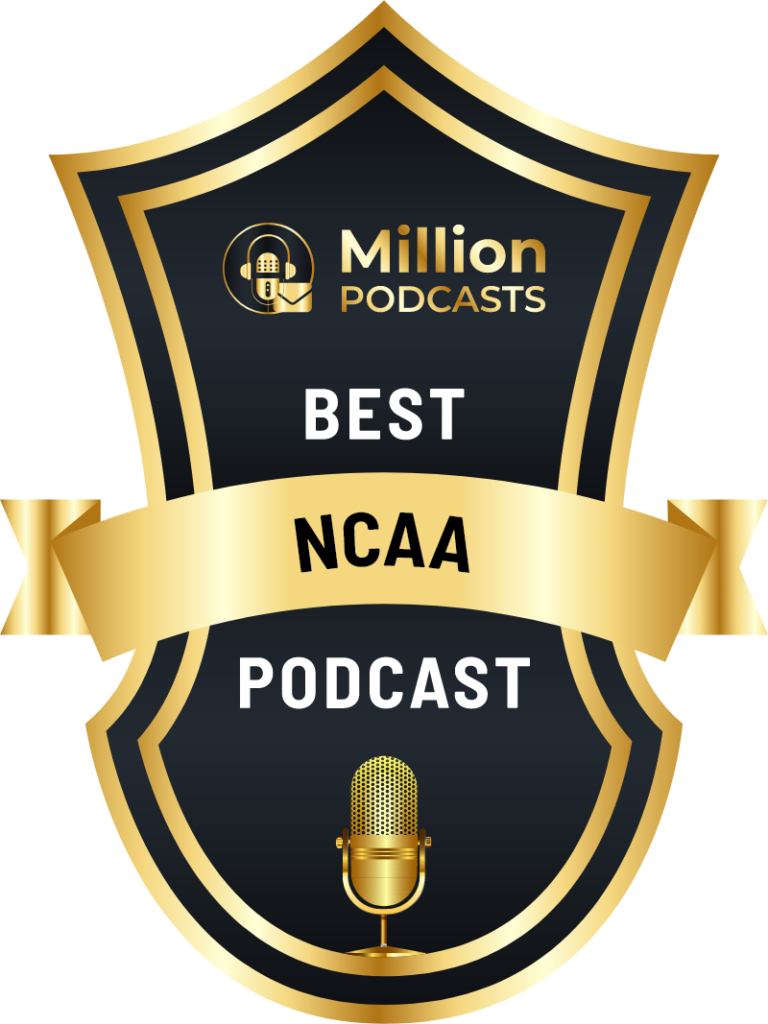Indiana is known as “The Hoosier State” and 1 of the greatest Hoosiers ever was Calbert Cheaney. In his junior year he scored 17.6 PPG and helped lead his team to the 1992 Final 4. As a senior he won both the Wooden/Naismith awards as national POY. He was a 3-time All-American and remains the all-time leading scorer in Big 10 history with 2613 career PTS. HoopsHD’s Jon Teitel got to chat with Calbert about being a great scorer and winning all of those awards. Today is Calbert’s 51st birthday so let us be the 1st to wish him a happy 1!
You were the Indiana high school state champion in both the 300-meter dash/110-meter hurdles: how did your speed/athleticism help you on the basketball court? I made it to state in both events but did not actually win state. I attribute the fact that I played many different sports to helping me in basketball: hand-eye coordination, lateral movement, etc.
In the 1990 NCAA tourney for the Hoosiers you scored 17 PTS in a 2-PT loss to Cal after Keith Smith made 2 FT with 3.8 seconds left: how close did you come to winning the game? We were very close. Our freshman year was interesting: we went 10-0 in non-conference play but kind of got our asses handed to us in Big 10 play (8-10). We limped into the NCAA tourney and that game was back and forth the entire night. We were a team of all freshmen who were inexperienced but we worked hard that summer to get better.
In 1991 you shot a school-record 59.6 FG%: what is the secret to being a great shooter? Just work. As a coach I tell players that you cannot wave a magic wand: you need to get into the gym to work on your craft and hopefully it will carry over into games.
Take me through the magical 1992 NCAA tourney:
You scored 30 PTS/9-9 FT and had 8 REB in a win over LSU: what were your impressions of your future “Blue Chips” co-star Shaquille O’Neal (36 PTS/12 REB), and how on earth did he make all 12 of his FTs?! He was by far the best player and dominated every aspect of the game. It was fun to play against him and a real honor.
You had 17 PTS/11 REB in a win over Florida State (Sam Cassell scored 19 PTS): what did you learn from your win over the Seminoles in the 1991 tourney that helped you beat them in 1992? Not much: they had a different team in 1991 with guys like Charlie Ward. Cassell/Bob Sura added another dimension to their talented team but we were able to hold on for the win. We played them in 1993 as well.
You scored 11 PTS but were 1 of 4 Hoosiers to foul out in a 3-PT loss to eventual national champion Duke (Bobby Hurley tied his career-high with 26 PTS): how did your team force Christian Laettner into 1 of his worst NCAA tourney performances of all-time (8 PTS/2-8 FG), and did you feel the referees called it fairly on both ends of the court (Duke had a 42-16 edge in FT attempts)? At the end of the day it is tough: it is almost unheard of to have 4 guys foul out but you have to give Duke credit. We were in control in the 1st half but they turned it up a notch during a 7-minute span to start the 2nd half when they held us scoreless. They were a very good team but the officiating got to us a bit, and by the time we recovered it was too late.
You were a 3-time All-American/1993 national POY: what did it mean to you to win such outstanding honors? It was definitely an honor but also surprising because there were many other great players in 1993. Knowing all of the POYs who came before me, I was so surprised to get the call that I did not respond with as much excitement as I should have.
In the 1993 NCAA tourney you scored 22 PTS in a 6-PT loss to Kansas: after losing to them in the 1991 tourney and again in the 1992 regular season, did you feel that they just had your number? They did have our #: we said they were our Kryptonite. We had Alan Henderson healthy earlier that year and they still beat us. We went 6-7 deep during my senior year before Alan went down: when you lose your leading rebounder it really hurts you. Coach Roy Williams would send in 4 guys at a time and they wore us down: it was textbook Kansas basketball.
You finished your college career as the Big 10’s all-time leading scorer with 19.8 PPG and won a school-record 105 games: did you realize at the time how prolific a player you were? I did not. I am always about the team and my job was just to put the ball in the basket: I was pretty good at it but only wanted to get the win and uphold the Indiana tradition. If it took me scoring 35 PTS I would do that, and if not then that was fine as well.
In the summer of 1993 you were drafted 6th overall by Washington (2 spots ahead of Vin Baker): did you see that as a validation of your college career, or the realization of a lifelong dream of reaching the NBA, or other? It meant a lot. I went to Indiana to stay close to home and contribute to a team. My family could not afford to send me to college so I wanted to get a scholarship. To end up as the conference’s leading scorer is something that I never expected. I also did not expect to get drafted that high but it just has to deal with good old hard work. I looked up to guys like Dr. J/Isiah Thomas and was not sure if I could get there so to make it to the NBA was a blessing.
In 1995 you scored a career-high 32 PTS/14-18 FG in a 3-PT OT loss to Golden State (Tim Hardaway scored 30 PTS): was it just 1 of those scenarios where every shot you put up seemed to go in because you were “in the zone”? Somewhat, but it does not really matter when you lose the game. It was a fun night to play the game you love against the best players in the world.
Since finishing your 13-year NBA career in 2006 you have been an assistant coach in the NBA/college/G-League: how do you like coaching, and what do you hope to do in the future? I just try to take it 1 step at a time. I do not like sitting around the house so I really enjoy coaching and helping others develop and try to realize their dream. The game has been good to me and I just try to pay it forward.


